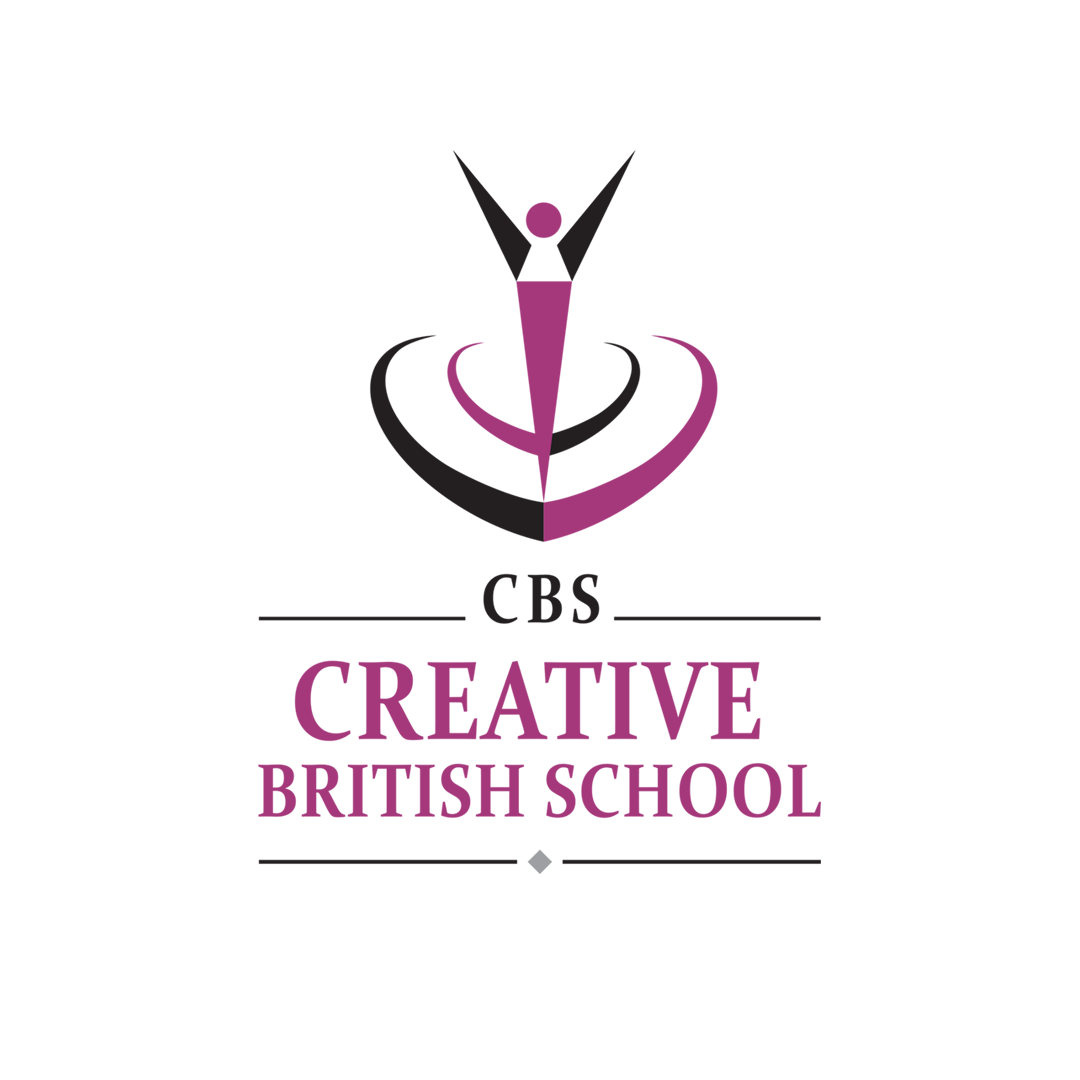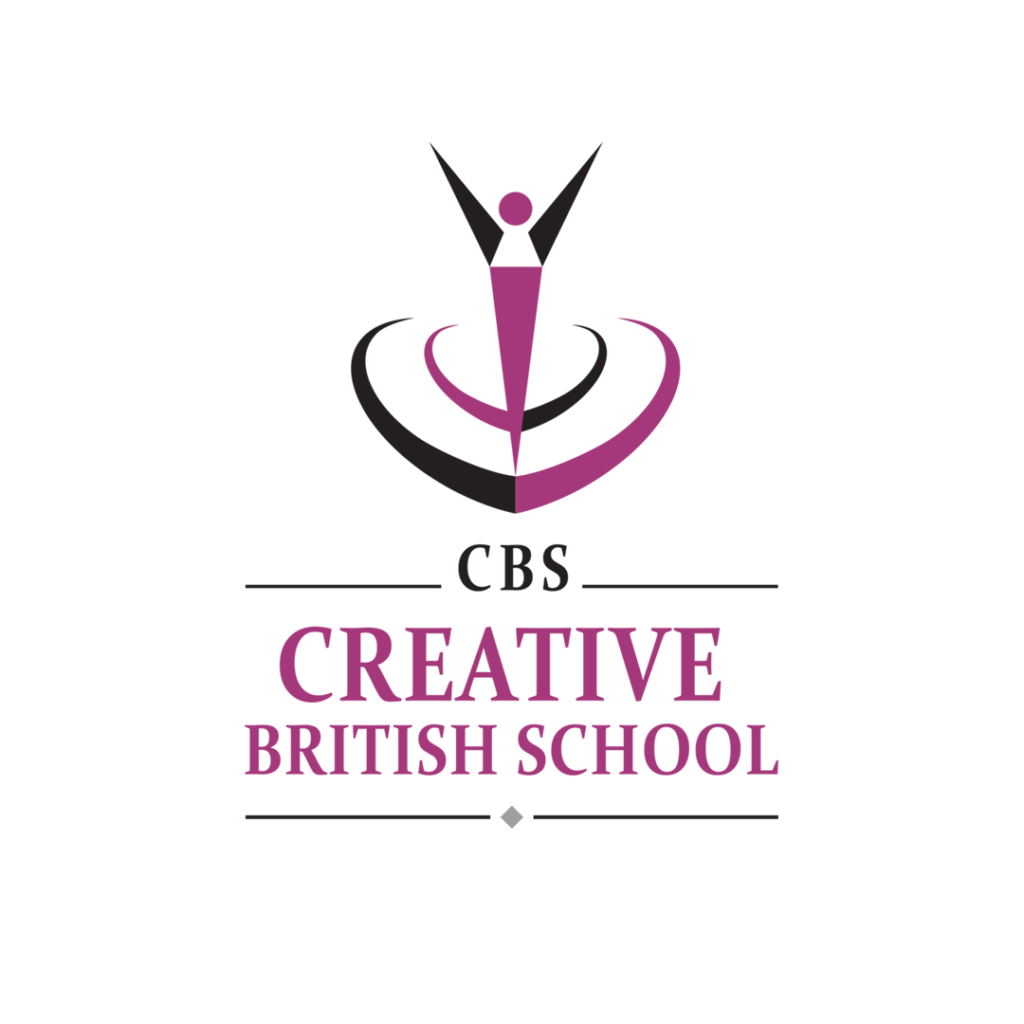Overview
These subjects receive appropriate attention at our School in a manner that ensures the preservation of the Islamic and Arabic culture and the national identity. And will contribute to learning across the Citizen’s approach by pproviding opportunities to promote: spiritual, moral, social and cultural development, enriching thinking skills and education for sustainable development. The curriculum adaptation designed to have respect for other peoples’ views and to celebrate the diversity in society.
No exemptions or exceptions may be made from the requirements for teaching Islamic education, Arabic language and social studies subjects. We provide sufficient support and resources to meet the needs of students – including those of determination, gifted and talented people – in order to fulfil their potential in these compulsory and basic subjects to meet the requirements for obtaining equivalency for their diplomas in the country. We also use other educational platform digital resources to support the digital learning and links more into sustainability and technology.
CBS adopts the teaching of the three compulsory subjects according to the curriculum of the Ministry of Education, or as decided by the ADEK in this regard, as follows:
- Islamic Education is a compulsory subject from grade one to the end of the secondary stage for all Muslim students and is an optional subject for non- Muslim students. Arabic passport holder will join Islamic A while foreigner passport holder will join Islamic B.
- Arabic Language is a compulsory subject from grade one to the end of the secondary stage for all native Arabic speakers. The Arabic Language subject is a compulsory subject from Grade 1 to Grade 10 for nonnative speakers of the Arabic language and optional thereafter. The Arabic language subject must be taken in Grades 11 and 12 in order to meet the equivalency requirements of the UAE’s general secondary education certificate (Al Thanawiya). Arabic passport holder will join Arabic A while foreigner passport holder will join Arabic B.
- Social Studies is a compulsory subject from grade one to grade nine for all students whether Arab or nonArab.
Curriculum
Islamic Studies:
The standards in various fields distinguishing the Islamic education nature are organized. Those fields are (divine revelation, doctrine, the values and morals of Islam, the Islam rulings and purposes, Syrah and characters, identity and issues of the age).The standard covers the different learning aspects that outcomes reflect, and those aspects are: knowledge, skill, application, and value.
Arabic Language B:
Framework illustrates the levels expected to be achieved by the learner in each of the four language skills (listening, speaking, reading and writing). It links the achievement of these levels to the number of years spent in studying Arabic, regardless of the learner’s current grade. This framework identifies three main fields for each level: general outcomes, language proficiency levels and performance indicators in each of the four language skills during the nine years of studying Arabic as an additional language. The most distinguishing element of this framework is that it details the progress in language proficiency according to three key parameters: functions (to ask, inquire, narrate or describe), context and content (personal, social or general issues), and type and level of text (word, phrase, sentence or paragraph). Accordingly, this framework constitutes an umbrella for learning Arabic as an additional language in private schools in the UAE and it is in line with the Ministry of Education requirements.
Arabic language A:
The Arabic language curriculum includes six basic areas, and each area has its domain, which are:
Basics of reading. Literary reading (poetry and prose).Informational reading is divided into: (knowledge of the main thought with details, text analysis, and integration of knowledge with skill).Writing is divided into ( research to build and present knowledge, and the production and dissemination of written works).Listening and speaking focuses on absorbing and presenting knowledge. Language is divided into: (acquiring and using vocabulary, grammar (grammar and morphology), calligraphy, spelling, rhetoric).
- Analysing the literary text, and evaluating the extent to which the writer or author has achieved the poet for his purpose.
- Linking the text to its historical, social, and epistemological context and extracting it technical features.
- Consolidate information on one topic presented in different formats to generate a coherent understanding of the issue.
- Writing various texts and demonstrating the ability to use fluent language used properly, taking into account the purpose and subject matter in their relationship by the recipient.
- Analyzing and evaluating audio material, and presenting presentations in the language Etiquette Classical Arabic using multimedia Listening and speaking.
- Employ related grammatical, morphological, spelling and rhetorical concepts Proper employment, speaking and writing.
- Identifying clues: context, word position, connotation, root and its derivation; to determine the meaning of a word.
Social Studies:
Learning Social studies at our school runs in an attractive way to students by linking it to national events, and students carry out specific projects for each semester that nurture the student’s sense of patriotism. There are also many sources of the curriculum available to the student, including the student’s book and internet links, and the teacher uses a range of multimedia and strategies, which makes the student the focus of the learning process. The curricula areas overlap in one lesson, where history, geography, national education, and economics are taught in one subject with linking to reality and Citizen’s subject or theme in each year group, according to the curriculum analysis plans.
The social studies curriculum includes three main areas, and each area has its domains.
1. Knowledge of the components of social studies: it includes:
- History.
- Geography.
- National education and Economy.
2. Literacy in social studies:
- Evaluation of sources and employment of evidence: in which the student demonstrates competence in collecting and evaluating sources and in employing evidence to support his opinions and positions.
3. Community Participation:
- Communication and presentation of results: in which the student employs technology and other sources to collect data and information on various topics, and cooperates with others to learn more about the content and concepts related to the main topics, and prepares explanations and opinions for presentation and discussion, and reaches results and criticizes these results.
Moral Education:
The Moral education study is an engaging, enlightening, enabling and empowering Global Citizens.
Moral education seeks to foster in students a set of universal values, which will enable them to peacefully interact and connect with people from different cultural and social groups who hold different and divergent views and perspectives. It seeks to empower them to become active, responsible, local and global citizens. It enables them to develop mutual understanding, respect for difference and empathy, in order to sustain our cohesive and prosperous society. Through dialogue and interaction, students are provided with opportunities to explore different worldviews, to challenge one another’s assumptions and attitudes and to develop the knowledge, skills and attitude necessary to think critically, to make informed ethical decisions and to act on t through four key pillars of learning as they progress through the course through four key pillars of learning as they progress through the course :Character and Morality (CM) ,The Individual and Community (IC), Civic Studies (CIS),and Cultural Studies (CUS).
3. Assessment
-Diagnostic test:-External Assessment the Benchmark (ABT). Run for all MOE subjects at the beginning of the academic year. Test’s data analyzed then translated into actions take in consideration the group and individual needs and intervention lessons to be provided.
-Continuous formative Assessment run throughout the term and grading according to the ADEK standards rubric.
-Final Summative Assessment at the end of each term.
-Performance tasks/Projects Innovation projects / digital maps / heritage exhibition/discussion / implementation of Sustainability / national, local and international events / role playing / presentation.

